At any given time, from early morning to late at night, Rizal Park, the Philippines’s premier and Asia’s largest urban park is teeming with visitors. From joggers to foreign guests, from students to senior citizens or the occasional first timer who’s there to pay homage to the National Hero Jose Rizal flock to this oasis of trees, gardens, memorials and sculptures with pockets of entertainment and recreation.
The area where the Rizal Park now stands used to be an inhabited marshy patch of land. Although overlooked by the Spaniards at first, it proved to be a valuable buffer zone for the walled city during an incursion of the notorious Chinese pirate, Limahong in 1574. A town was established in 1601 and the Spaniards called it Nuevo Barrio, literally, New Town, or in Tagalog, Bagumbayan. Unfortunately, what worked in the piratical raid became beneficial to the invading British that after their short rule (1762-1764), the town, including its church were demolished.
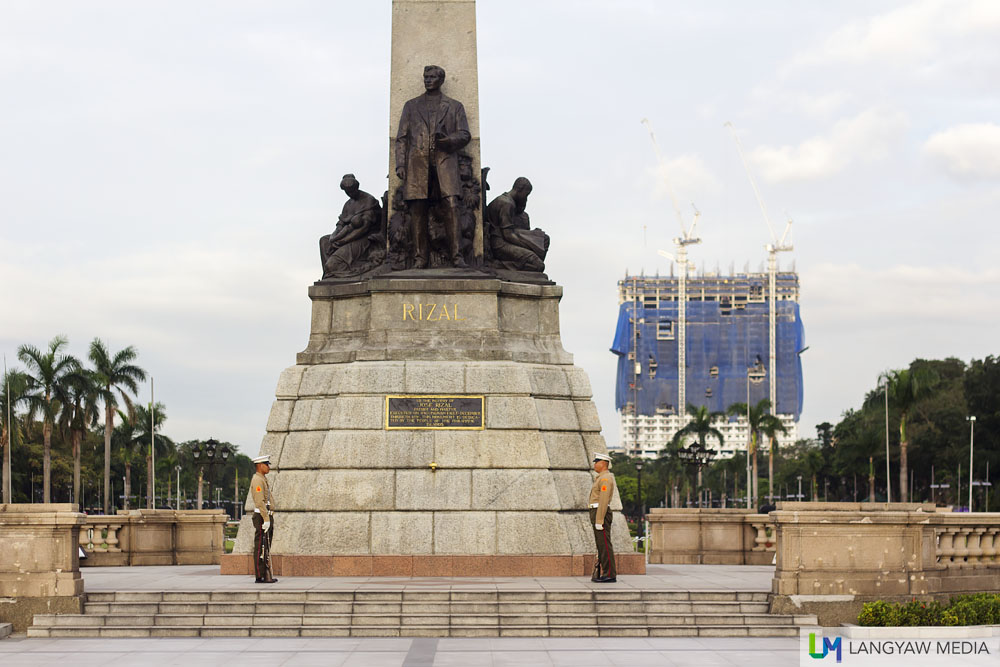
The precursor of the Rizal Park came to life when the Paseo de Luneta, in reference to the part of the Intramuros fortification near it was established in 1820. It was rectangular in form with semicircular ends and a wide drive, the La Calzada. The promenade had a bandstand and fountains and it was a place to see and be seen for the city’s elite. While the Paseo de Luneta became a popular recreation park, it was also where patriotic blood was shed as a total of 158 enemies of Spain, including the Gomburza and Jose Rizal were executed.

During the American colonial period, architect and city planner, Daniel Burnham in 1902 chose this part of Manila as the new location of the seat of Government. Where a total of 11 government buildings in neoclassic design was planned, only three were built: Congress (now the National Museum), Agriculture (now the Museum of the Filipino People) and Finance (now the Department of Tourism that will soon become the Museum of Natural History). In the same period, the Paseo de Luneta was renamed the Rizal Park when, after 17 years of the execution of the national hero, a monument, Motto Stella by the Swiss artist, Richard Kissling was built.
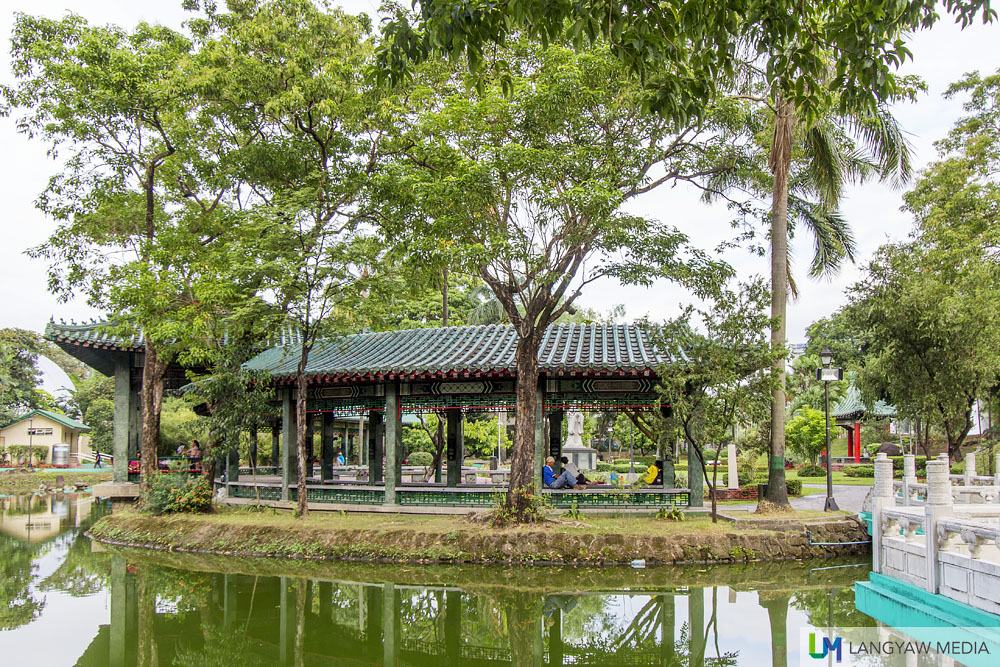
In the succeeding years, Rizal Park was forgotten and fell into disrepair. It was only at the time of Eva Macapagal, as first lady in the 1950s that steps were taken to revive the park but only after 1961 that, through a fund drive, the revival of Rizal Park happened, including the posting of honor guards by the Philippine Army. Rehabilitation and beautification works were initiated in 2011.

The Rizal Park has never been better than today. From its beginnings as a three hectare Paseo de Luneta, it is now a sprawling 16 hectare urban park stretching from Taft Avenue to Manila Bay. It’s divided in three sections: first dominated by the the Lapulapu monument and where the flanking neoclassic Finance and Agriculture Buildings as well as the Relief Map of the Philippines are found.

The geographic center, the biggest piece is where the hallowed Rizal Monument is situated. Here are several gardens, monuments and markers, sculptures, recreation facilities and attractions. It’s where Rizal was executed (now the Martyrdom of Dr. Jose Rizal tableau) and a short obelisk marks where the GomBurZa were garroted.
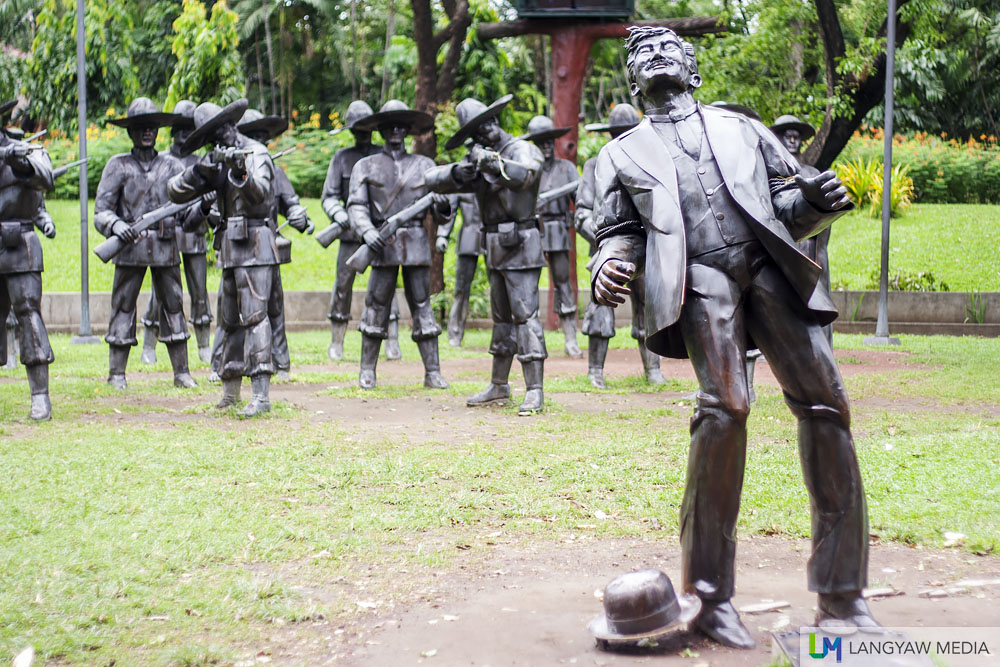
The beautiful Chinese and Japanese Gardens provide a welcome respite from the concrete and grey of the city. The Noli Me Tangere Garden, is a cool refuge with its canopy of trees and cement seats encircling the Heidelberg fountain that Rizal used to drink from in Germany.

The last section is where the Quirino Grandstand is, venue of several political, religious and civic events and activities. The Burnham Green is a favorite place for picnics on lazy Sunday afternoons and for children to fly a kite. The Kilometer Zero marker stands beside Roxas Boulevard.
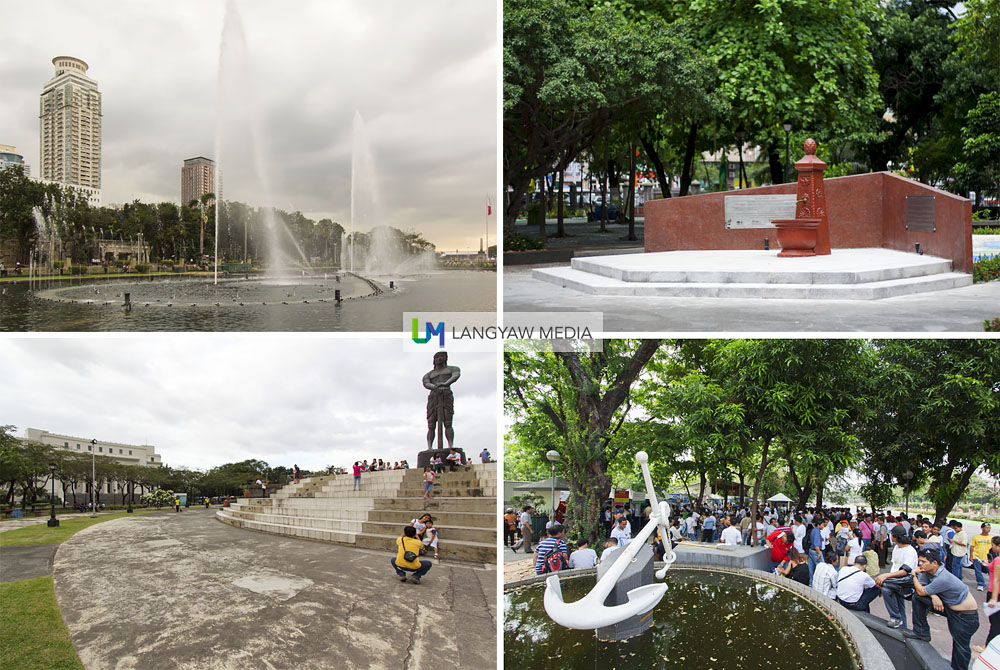
But there are present challenges. Right now, the issue of ‘visual dominance’ for declared historic monuments outlined in the guidelines of the National Historical Commission of the Philippines (NHCP) has been highlighted to the fore with the building of a 46 storey condominium building that mars the background of the Rizal Monument. Although it’s a very contentious issue, the case has now been brought to the Supreme Court.
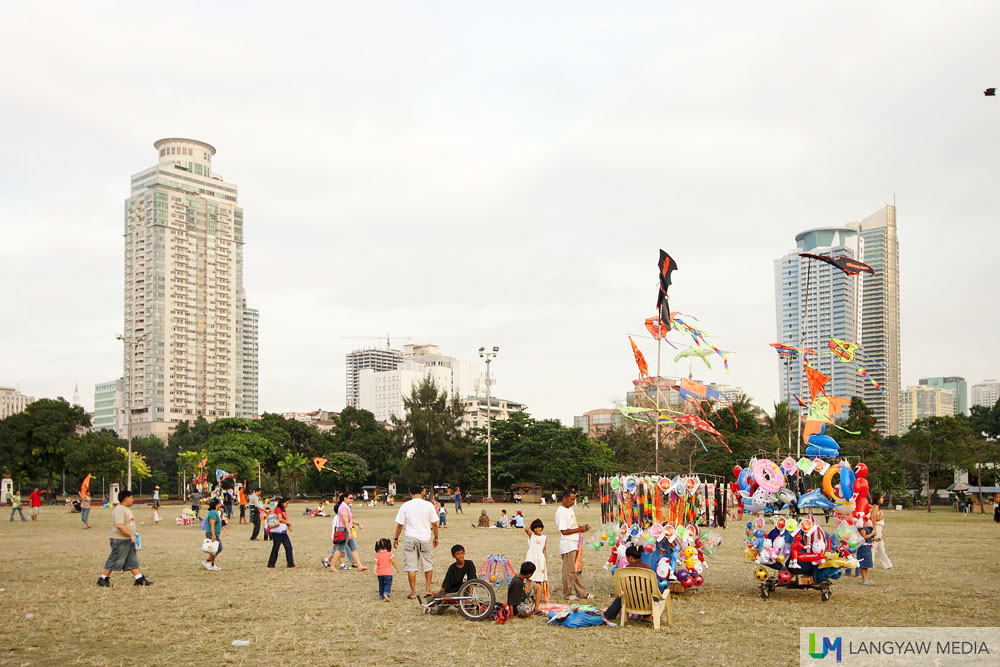
The Rizal Park has come a long way. It has witnessed the changing face of Manila and its people, suffered under the bombings that destroyed the city, felt the pulse of the country as well as continue to provide enjoyment, history and pride to countless Filipinos and visitors in the present and in the generations to come.
Rizal Park, the Philippines’s premier park: At any given time, from early morning to late at night, Rizal Par… https://t.co/G3XKH8GQVa
Happy Independence Day! Have u viaited Rizal Park?
https://t.co/jR0hcenoao https://t.co/edNNBHFLv0
Happy Independence Day! Have u viaited Rizal Park?
https://t.co/08eDwiqhnr https://t.co/q3r5TeTWsM